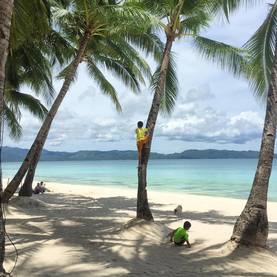
(For those of you who don't know, the island was shut down to all tourism and non-residents earlier this year in an unprecedented move to rectify environmental issues with sewage in its waters.)
The DOE also reiterated that only businesses that have proved compliant with the new government regulations will reopen, which now stands at only 90 out of 296 registered establishments on the island, according to Environment Secretary Roy Cimatu.
Regardless of the fine print, the light is at the end of the tunnel for Boracay’s closure, so we should be happy that everything will soon be back to normal, right?
Before the confetti falls and the band starts playing, I think it’s important to recognize the many lives that have been irrevocably altered since the Philippines’ most popular tourist destination hung a Closed sign. Unfortunately, the shutdown caused a significant human impact, with many honest, hard-working Filipinos working and living on the island the collateral damage.
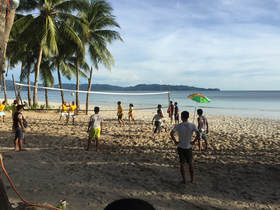
“After the first week, there were thousands of people leaving the island,” says Hayden Fernando, a respected tour guide who lives in Caticlan with his family. “The ferry ports and bus stations were crazy, with people carrying boxes and bags and even their bedrolls – everything they owned. Some were crying. It looked like something from a war; like refugees.”
With their livelihood disappearing virtually overnight, possibly tens of thousands of workers took planes, boats, and a whole lot of buses for Manila or Cebu, where they’re trying to get jobs in call centers; to Siargao or El Nido, hoping to get new jobs in these tourist hot-spots; or, just home to the province where they could be with family and hope to get by
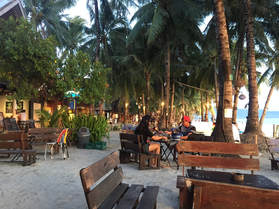
The remaining locals are desperate for government relief to come, some resorting to fishing for dinner and climbing trees for fruit. The Palawan Pawnshops and Western Unions are lined with people hoping for a remittance from family or friends.
Despite forming queues in the hot sun upon every feint rumor of a job, six months may as well be an eternity since most were just barely scraping by before the closure.
The sudden draught of income is also tearing families apart, as husbands are forced to go to Iloilo or Cebu to look for work, and children are held out of school because there’s no money for a uniform or books.
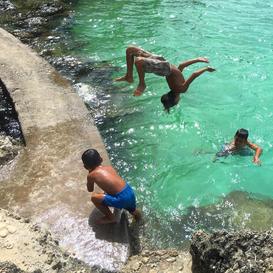
It’s exceedingly hard just to get to Boracay, as both Cebu Pacfic and Philippines Air have suspended all flights to Caticlan and most to Kalibo. I actually had to travel to Manila, first, from Dumaguete, and then take the single remaining flight on Air Asia to Caticlan.
It’s hard to find a silver lining as stomachs growl and candles are lit when there’s no money for the electric bill, but I did see something uplifting: the locals have the island to themselves again.
Slowly but surely, unburdened from armies of tourists, lofty prices, and the constraints of 12-hour work days, the island’s residents are coming out to play again, like Boracay of yesteryear.
“The first few days, when there were soldiers and police and TV cameras, the locals mostly stayed away,” says Fernando. “But people started emerging more each day.”
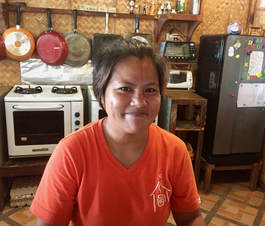
At the iconic Nigi Nigi Nu Noos, a band plays, and I count more people on stage than sitting in the bar. When I climb the steps to Real Coffee Shop, my favorite place there for years, I startle the staff, as they’re not used to foreigners wandering in. They’re playing cards, and the loser gets their face written on in black marker.
There’s laughter all around when I ask to take a photo of the lady who’s obviously losing, judging by the scribble all around her big smile.
THIS is Boracay. This is the spirit of the island I’ve come to know and used to love. And THESE are the people who won’t give up, despite hunger and hard times knocking on their door.
All they have to do now is survive, one day at a time, together.
-Norm :-)
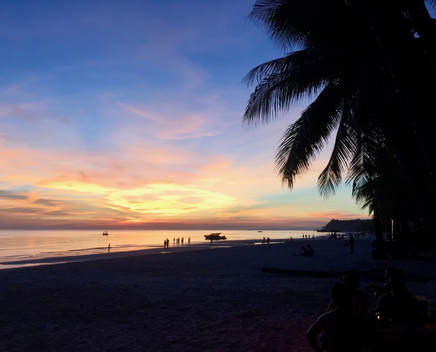
 RSS Feed
RSS Feed